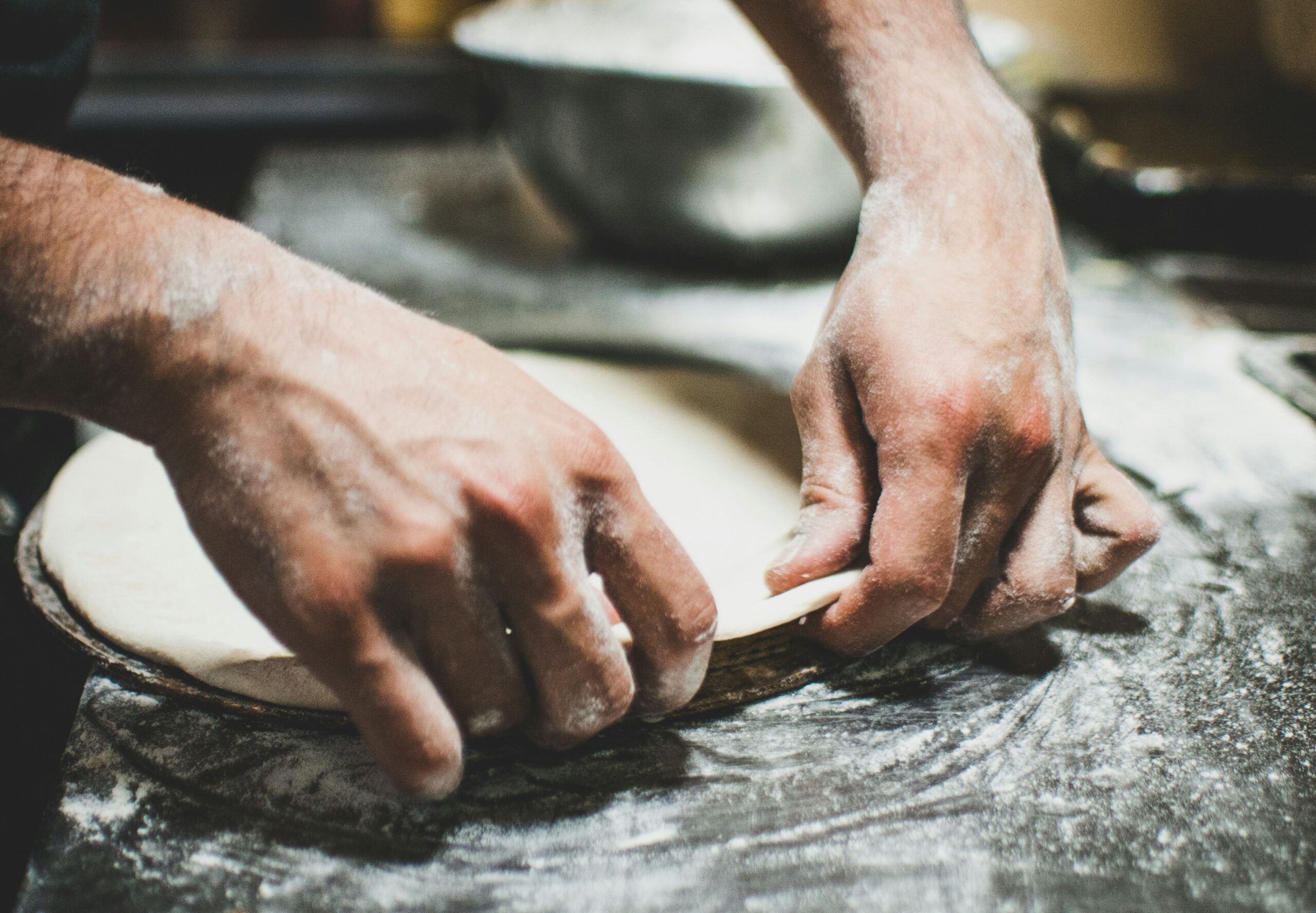Top Fall Fashion Trends from New York Fashion

Introduction to Fall Fashion Trends
New York Fashion Week (NYFW) stands at the pinnacle of the fashion world, serving as a beacon for upcoming trends and styles. As one of the most anticipated events in the fashion calendar, NYFW provides a platform where designers from across the globe converge to showcase their creativity and ingenuity. The collections unveiled during this week play a crucial role in shaping the fashion landscape for the upcoming season, particularly the fall.
This year’s NYFW was no exception, as it brimmed with excitement and innovation. The runways were alive with a plethora of textures, patterns, and color palettes that encapsulated the essence of the season. Designers pushed the boundaries of traditional fall fashion, introducing fresh perspectives and reimagined classics that are poised to redefine wardrobes. The influence of these collections extends beyond the catwalk, seeping into retail stores and ultimately into the closets of fashion enthusiasts worldwide.
The significance of NYFW lies not only in its ability to predict trends but also in its power to inspire. Each collection tells a story, weaving together elements of culture, history, and modernity. For fashion aficionados, these shows are a glimpse into the future of style, offering a preview of the garments that will dominate the streets and social media feeds in the months to come.
As we delve into the top fall fashion trends that emerged from this year’s NYFW, it becomes evident that the event is a celebration of both artistry and innovation. From bold color choices to intricate detailing, the trends highlighted in the following sections encapsulate the spirit of the season. Prepare to be captivated by the creativity and craftsmanship that define the next wave of fall fashion, as we explore the key styles set to make waves in the fashion world.
Bold Colors and Patterns
New York Fashion Week has showcased a dynamic array of bold colors and striking patterns that promise to invigorate fall wardrobes. Designers have taken a daring approach, incorporating a vibrant palette that includes deep reds, electric blues, and vibrant greens. These colors are not merely accents but often dominate entire outfits, creating a powerful visual statement. For instance, Marc Jacobs’ collection features oversized coats and dresses in eye-catching ruby tones, while Prabal Gurung’s runway exhibited a series of electric blue garments that exude both elegance and energy.
In addition to bold colors, the runways were awash with striking patterns. Animal prints have made a fierce comeback, with leopard and zebra designs appearing in the collections of prominent designers like Tom Ford and Michael Kors. These prints are not limited to traditional black and white but are rendered in unconventional hues such as neon and pastels, offering a fresh take on a classic trend. Geometric patterns also played a significant role, with designers like Christian Siriano incorporating sharp, angular shapes into their pieces, creating visually arresting ensembles.
Abstract art influences were another notable trend, with designers like Jeremy Scott and Oscar de la Renta drawing inspiration from modern art. Their collections showcased garments adorned with bold brushstrokes and splashes of color, reminiscent of a painter’s canvas. These artistic patterns add an element of sophistication and creativity, making each piece a wearable work of art.
Incorporating these bold colors and patterns into everyday fall wardrobes can be both exciting and daunting. A practical approach is to start with statement pieces, such as a vibrant coat or a patterned blouse, and pair them with neutral basics. For those feeling more adventurous, mixing patterns can create a fashion-forward look, provided the colors are complementary. Accessories like scarves and bags also offer a subtle way to embrace these trends without overwhelming your outfit.
Whether you opt for a bold color palette or striking patterns, the key to mastering these trends lies in balancing them with your personal style. By integrating these elements thoughtfully, you can elevate your fall wardrobe to reflect the vibrant spirit of New York Fashion Week.
Layering and Textures
The art of layering and the strategic use of diverse textures emerged as a definitive trend at New York Fashion Week this fall. Designers captivated audiences by interweaving various materials such as wool, leather, silk, and knits, creating ensembles that not only exude sophistication but also offer practical warmth. This season, the runways were awash with oversized coats draped over delicate dresses, demonstrating how contrasts in fabric can create visually intriguing outfits.
One notable technique that gained prominence was the layering of oversized outerwear atop more streamlined, feminine pieces. This juxtaposition of bulky and sleek allowed for the creation of dynamic silhouettes. For instance, an oversized wool coat paired with a silk slip dress not only adds a layer of warmth but also introduces a striking contrast in textures. Similarly, leather jackets layered over knit sweaters provided both edge and comfort, showcasing the versatility of combining robust and soft materials.
Accessories played a crucial role in enhancing these layered looks. Scarves, hats, and even gloves were utilized not just for their functional benefits, but also as style statements. A chunky knit scarf can add voluminous texture to an otherwise simple outfit, while a felt hat can introduce an element of vintage charm. These accessories serve as the perfect finishing touches, tying together the diverse textures within an ensemble.
For those looking to adapt these runway trends into their everyday wardrobes, the key lies in balance. Start with a foundational piece, such as a well-fitted dress or a simple sweater, and build upon it with layers that add both texture and warmth. Opt for a mix of materials that complement each other—think wool paired with silk, or leather with knits. Accessories should be chosen to enhance, rather than overwhelm, the overall look. By experimenting with different combinations, individuals can effortlessly incorporate the layering and textures trend into their personal style, making it both fashionable and functional for the fall season.
Sustainable and Ethical Fashion Choices
The rise of sustainable and ethical fashion was a prominent theme at this year’s New York Fashion Week. Designers are increasingly prioritizing eco-friendly materials, ethical production practices, and upcycled fashion, reflecting a broader shift within the industry towards more responsible practices. Among the collections that stood out for their commitment to sustainability was Stella McCartney’s line, which featured innovative fabrics made from regenerative sources and recycled materials. Similarly, Gabriela Hearst showcased garments that combined luxurious aesthetics with a zero-waste philosophy, utilizing leftover materials from previous seasons.
Fashion houses are not only focusing on the materials they use but also on the ethical implications of their production methods. For instance, Eileen Fisher’s collection emphasized the importance of fair labor practices and the use of organic cotton and linen. These efforts are crucial in reducing the fashion industry’s overall carbon footprint and addressing the environmental impact of fast fashion.
The importance of sustainability in fashion extends beyond the runway. Consumers are increasingly aware of the environmental and social ramifications of their purchasing decisions. As a result, there is a growing demand for transparency from brands regarding their supply chains and production processes. This shift is encouraging more companies to adopt sustainable practices and ensure that their operations are ethically sound.
For readers looking to make more sustainable fashion choices, several strategies can be highly effective. Investing in quality pieces that are timeless and durable can reduce the frequency of purchases and the amount of waste. Supporting brands that are transparent about their sustainability practices and ethical standards is another critical step. Additionally, considering second-hand shopping or upcycling existing garments can significantly diminish the environmental impact associated with new clothing production.
Overall, the trend towards sustainable and ethical fashion at New York Fashion Week highlights a significant and positive transformation within the industry. By embracing these practices, designers and consumers alike can contribute to a more sustainable future for fashion.
Lorem Ipsum is simply dummy text of the printing and typesetting industry. Lorem Ipsum has been the industry’s standard dummy text ever since the 1500s, when an unknown printer took a galley of type and scrambled it to make a type specimen book. It has survived not only five centuries, but also the leap into electronic typesetting, remaining essentially unchanged. It was popularised in the 1960s with the release of Letraset sheets containing Lorem Ipsum passages, and more recently with desktop publishing software like Aldus PageMaker including versions of Lorem Ipsum.















